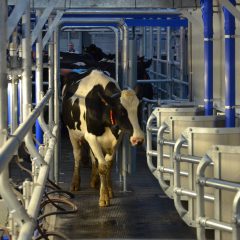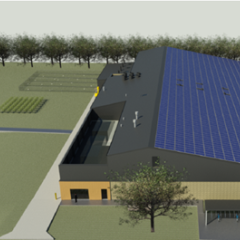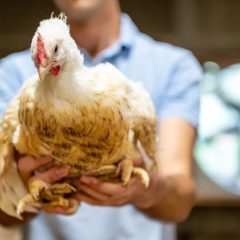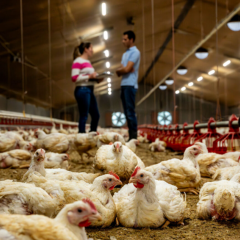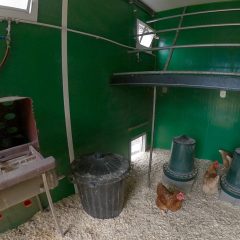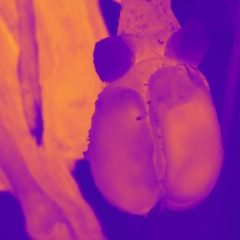Research project Research on humane methods for killing individual poultry on-farm
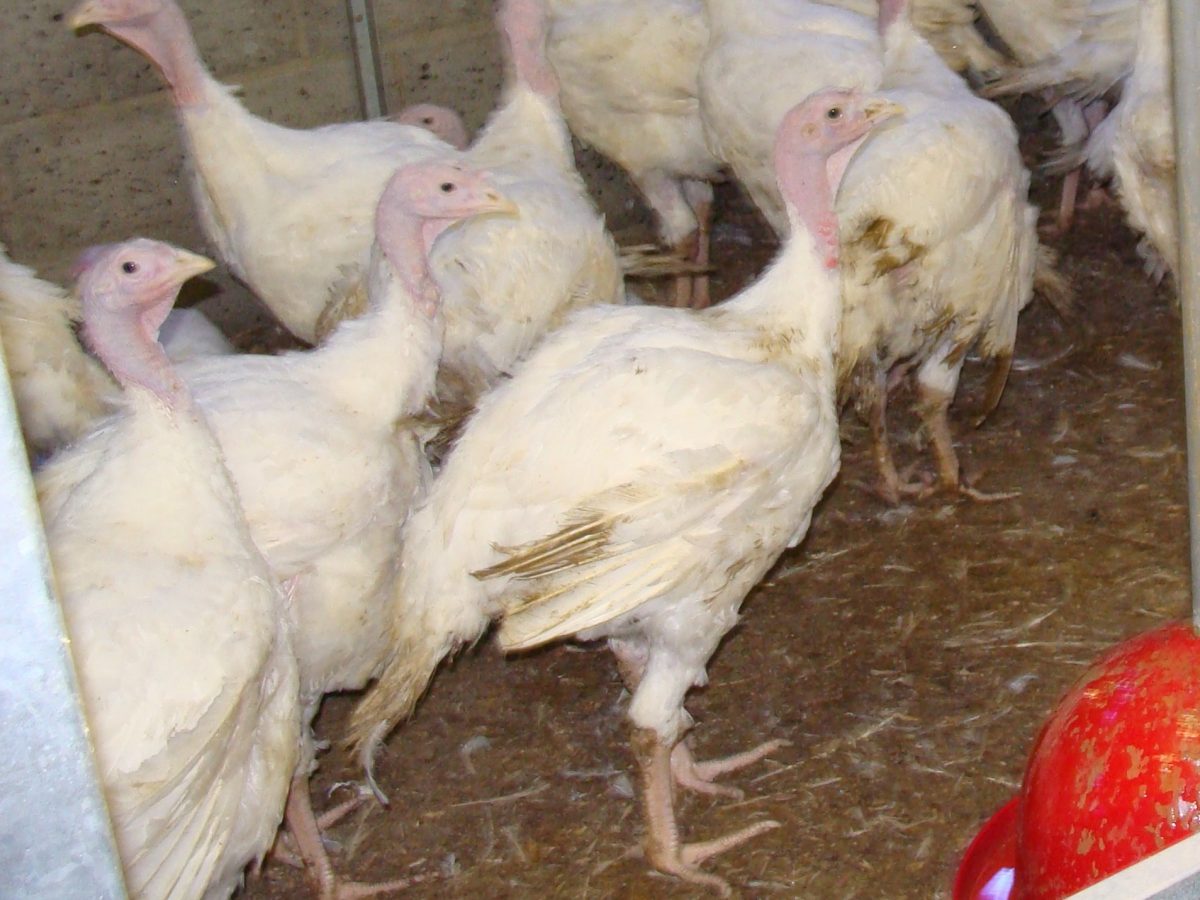
General introduction
This research study, requested by the Flemish government, evaluated the most appropriate methods to kill weak or ill chickens and turkeys. The euthanasia has to be performed humanely to prevent unnecessary suffering of terminally ill or weak animals, according to the European Council Regulation 1099/2009. Alternative methods to kill individual poultry do exist, however, which may prove to be more animal-friendly and/or more feasible. Not all of these methods are used and some appear to be relatively unknown in the poultry sector.
The aim of this research was to investigate the animal friendliness, the efficacy and the feasibility of those alternatives.
Research approach
First, surveys of poultry veterinarians as well as poultry farmers (broilers and turkeys) were done to determine which methods are already being applied in practice and what the opinion is about alternative methods.
In a second part of the study, alternative culling methods (mechanical cervical dislocation by the neckcrusher, non-penetrative captive bolt and nitrogen gas) were compared with the prevailing method for effectiveness and animal-friendliness. This was tested in an experimental setting with both broiler chickens and turkeys. To assess the effectiviness of the techniques, measurements were performed (time measurements of ceasing some reflexes, loss of posture, breathing, heart beat and autopsy).
Finally, the alternative methods were applied by some poultry farmers. They filled out a questionnaire before and after testing to document their opinion about the techniques they had learned to use.
Relevance/Valorization
This study is now complete. We conclude that the knowledge of alternative culling methods is rather limited among both poultry veterinarians and poultry farmers. Educational and didactic material is therefore warranted. This can also be extended to catching teams, transporters and slaughterhouse personnel.
The tested alternative methods captive bolt and nitrogen seem to be good methods in terms of speed, certainty and duration of loss of consciousness. For the neckcrusher, however, there is still some doubt about the speed of loss of consciousness. We advise therefore to stun the animals (e.g. with percussive blow on the head) prior to using NC first. On the other hand, animals experience stress caused by taken them out of the stable. These alternative methods seem feasible for turkey farmers. However, for broiler chickens and young turkeys the advantages of these alternative methods do not suffice to recommend a replacement of manual cervical dislocation.
A decision tree with recommended and possible techniques was composed, with classification of the different techniques according to loss of consciousness, stress by manipulation, feasibility and cost.

